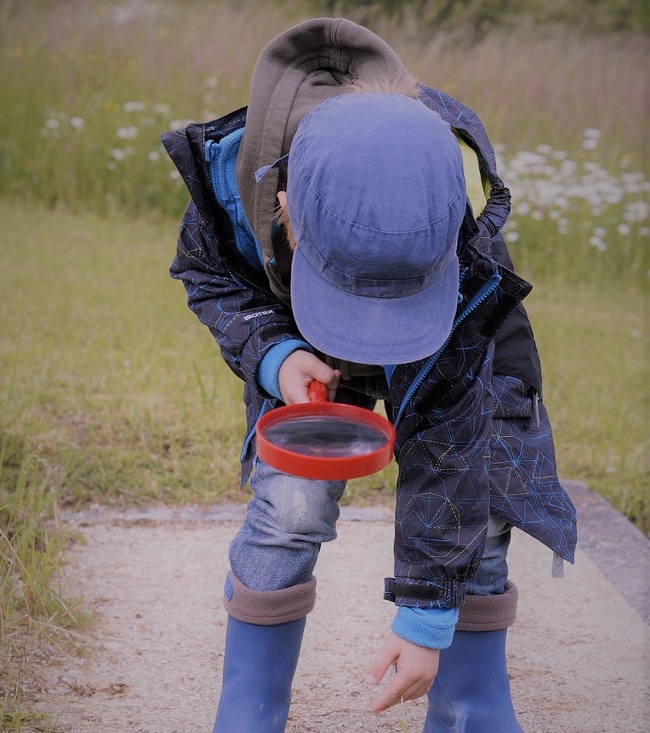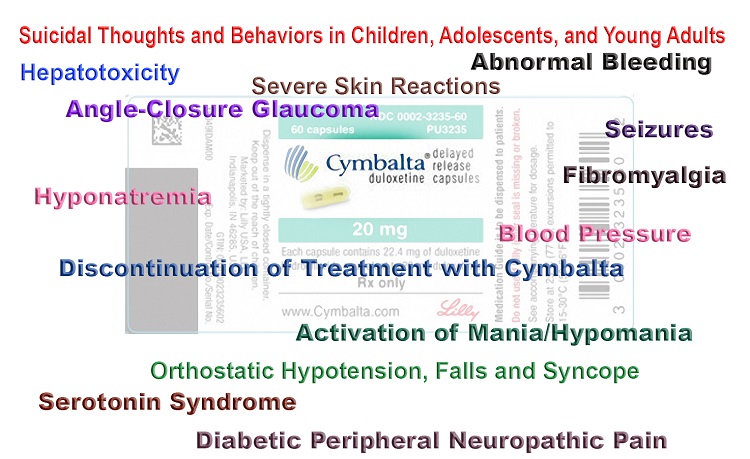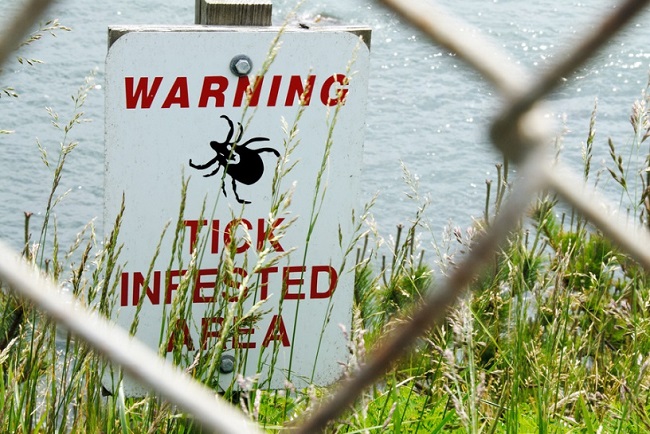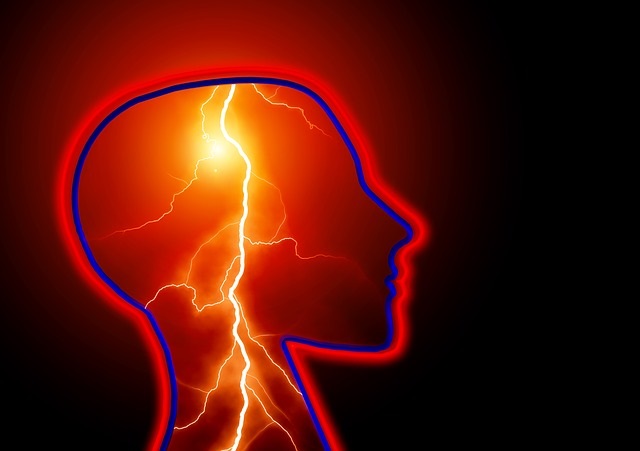There is nothing more heart wrenching than a suffering child, except perhaps the look of despair in his mother’s eyes. We want to stop the suffering of our children. We want the magic pill or substance that can, if not reverse, at least reduce, even if only for a little while, the severity of their illness. When some new treatment shows promise we jump head first, hoping against hope that this will be the one. “This will be treatment that will return my child to me,” we tell ourselves. Businesses understand this and they prey on us; sometimes intentionally and sometimes from a similar desperation, but they prey nonetheless. They sell us one product after another, each with more promise than the last. And we buy them, even when logic and instinct suggest otherwise.
Trehalose for autism is just such a product. Based upon just one preliminary study showing that trehalose diminished the amyloid plaques seen in Alzheimer’s disease in cell culture, trehalose was marketed as a treatment for autistic and special needs kids. Nearly every autism site I could find had an article boasting the benefits of trehalose. Although subsequent studies have been conducted, mostly in animal models, because trehalose is considered generally regarded as safe (GRAS – a premarket review requiring no testing) by the FDA, the safety of this additive was not contemplated in any significant manner. Not only is the lack of research troubling, but if we dig into the mechanisms of action of this commercial food additive, we find that trehalose is anything but the magic substance it is purported to be. I wrote about many of the mechanisms that make trehalose problematic for the general population here, but let us explore why it is even more worrisome for special needs kids.
Is Trehalose the Solution Parents Are Looking For?
In nature, trehalose is a sugar molecule synthesized and used by microorganisms, plants and insects to survive intense stressors, typically dehydration and lack of fuel. Humans cannot synthesize it but most can metabolize it, at least in small quantities. The synthesis of trehalose represents the organism’s last ditch effort to keep itself alive until fuel can be replenished. It is a backup fuel for when all else fails. In this regard, it seems somewhat logical that trehalose might prove beneficial to stressed cells. And some research confirms this. Trehalose, at least in the short term, appears to reduce what is called oxidative stress.
Oxidative stress is the mitochondrial response representing the release of increased free radicals – oxidants or reactive oxygen species (ROS). ROS are the natural byproducts of mitochondrial respiration, even healthy mitochondria. To compensate for these end-products of oxidation, the body has a host of endogenous antioxidants. Under normal and healthy circumstances, this process is more or less in balance. Where things go awry is when those natural processes cannot keep up and clear sufficient ROS. There, all sorts of compensatory reactions begin, many of which result in increased inflammation, reduced immunity, and inevitably, progressively more dysfunctional, deformed, and inefficient mitochondria. In children with Autism, and indeed, in most children or adults who have been ill and/or have chronic health issues, or mitochondrial issues, elevated ROS are present. ROS is not specific to any one disease process, but representative of mitochondrial distress in general. The higher the distress and dysfunction, the higher the ROS.
Considering the damage that increased ROS can cause, an entire market of commercial anti-oxidants has sprung up, promising all manner of restorative properties. And some probably work, but for the vast majority, they do not. That is because the problem lays not in the increased ROS, but in the cause of the increased ROS. At the fundamental level, elevated ROS represents a mismatch between energy availability and energy needs. Since the whole process of clearing ROS is itself energy dependent, the backend approach of increasing antioxidants, absent resolving frontend energy production, may evoke more damage than it prevents and some evidence suggests this is the case.
When we consider trehalose, we cannot dissociate it from its intended purpose in nature. It is a source of fuel that can be used by microorganisms to create energy. Its synthesis only occurs during times of intense stress, either involving excess energy demands, such as in insect flight, or insufficient fuel supply, like drought and dehydration. Trehalose keeps the organism alive until fuel can be found.
Modern humans are not lacking in fuel sources. So we have to ask, what is causing this need for a backup fuel? This is the paradox of the modern diet. Though we have an ample supply of food, we have become deficient in actual nutrients, the vitamins and minerals or micronutrients needed to fuel mitochondrial processes. Thiamine, in fact, is key among them both for the organisms that utilize trehalose and human mitochondria. It turns out, that thiamine is one of the key regulators of trehalose synthesis. That is, trehalose synthesis is only upregulated in the absence of thiamine, at least in yeast and bacteria, where much of the research has been conducted. If organisms only upregulate trehalose in times of severe stress – thiamine deficiency – might thiamine be a more appropriate supplement for special needs kids? Perhaps. It seems a bit more logical to me and indeed, there is quite a bit of research and clinical case work that supports this approach.
Perhaps as problematic, why would we want to use something not naturally available in human chemistry, something that exists only as a last resort fuel for single cell organisms, plants and some insects, to restore stressed human mitochondria? This to me sounds foolhardy at best. In the one clinical trial using trehalose in kids, a daily dose of 3000 mg was given to 12 kids, for 45 days; a relatively small dose considering that with its use in commercial food products even by conservative estimates we are eating at least 6-20 grams of trehalose per day (1-4 teaspoons), over extended periods of time. Five of the children dropped out because of gastrointestinal issues. The remaining 7 showed modest improvement in the Autism Treatment Evaluation Checklist (ATEC). Not the most stellar results. The GI distress was written off as benign, but let us reconsider it for a moment.
Trehalose’s function in nature is to prevent, or at least markedly postpone, single celled organisms from dying. We have to ask, where else might we find a plethora of these microorganisms? Yes, that’s right, the microbiota of the GI system. There, we have a delicate ecosystem of millions of bacteria, yeast and other microbes that regulate many critical functions, including metabolizing nutrients and signaling mitochondria. What do you suppose happens to that ecosystem when we provide a ready supply of trehalose, a backup fuel that prevents apoptosis for bacteria and yeast? Gastrointestinal distress is the least of our worries. Providing those microorganisms with trehalose ignites pathogenic virulence. Clostridium difficile (c diff), glabrata, listeria and e coli, are but a few of the infections known to feed off and prosper with trehalose. Tuberculosis is another. In fact, I suspect, given its role in survival, all of the major pathogens are likely to thrive on added trehalose and do so when thiamine is absent. It may very well be the root of many of the recent outbreaks of intractable GI infections.
As if all of this were not troubling enough, ingested trehalose interrupts fatty metabolism, distressing mitochondrial energy processing by yet another mechanism. Again, I have to ask, why would we give this to kids to heal mitochondria, when 1) it is used by microorganisms to sustain life in times of thiamine deficiency, 2) it doesn’t heal the mitochondria, and 3) it introduces a significant risk for pathogenic virulence? This makes no sense at all.
We Need Your Help
More people than ever are reading Hormones Matter, a testament to the need for independent voices in health and medicine. We are not funded and accept limited advertising. Unlike many health sites, we don’t force you to purchase a subscription. We believe health information should be open to all. If you read Hormones Matter, like it, please help support it. Contribute now.















Trehalose is now being hidden in foods under the FDA approved label “natural flavor”.
It is now in ice cream etc because the food industry has found Trehalose acts as a flavor enhancer just like MSG does, ie it makes foods more addictive.
I no longer purchase any food item that contains the words “natural flavor” on the ingredient list because of this.
Hello, what were the results of the studies Dr. Lonsdale was doing on the use of thiamine for autistic kids? I would love to hear from Dr. Lonsdale about the improvement the kids had!!!
Oh, all this junkyard science, promulgated by the Mad Mad Mad Men & Women of Madison Propaganda Avenue telling us that the cure is actually the chemicals produced to abate (maybe) the issues largely tied to the Western Junkyard Science that pushes toxins, fossil fuel (climate changing) processes, bad food, bad air, bad water, bad psychology onto the masses.
Some of us are rebuffing and fighting back, even though we get this crap yesterday,
After Two Decades, Scientists Find GMOs in Corn Are Good for You. Seriously. by Jakob Owens
Genetically modified organisms have garnered an abundance of skepticism and misinformation in the public eye. One new analysis uses over two decades of research to put some rumors about GMOs to rest.
However, the truth lies somewhere else — Quote:
Dr. Stephanie Seneff from the Massachusetts Institute of Technology (MIT) has been studying the autism issue for several decades, and her copious research has led her to the almost undeniable conclusion that glyphosate, the main ingredient in Roundup, is a major driver of autism.
What was once an extremely rare health condition now afflicts roughly 1 in 68 children, according to the U.S. Centers for Disease Control and Prevention (CDC). And if things continue down the current path, says Dr. Seneff, nearly half of all children born in the year 2025 will be born with autism, which can result when the the gut microbiome of humans is destroyed, which depletes the body of needed minerals and can exacerbates the toxicity of other chemicals, including those added to vaccines.
“[The autism rate] has come up from 1 in 10,000 in 1970 — so that is already an incredibly alarming change,” stated Dr. Seneff during a recent interview with Next News Network. “I got worried eight years ago when I was seeing it rising, and people were saying, ‘Oh, it’s just more reporting, more diagnosis’ — that’s a way to hide the evidence.” — end quote —
So, think hard about a junkyard world of science, medicine, law and psychology running the world into the ground:
Florida House Decides Porn Is Bad But Guns Are Good
Florida legislatures blocked a house bill looking to ban the sale and possession of assault weapons and verbally passed a bill declaring pornography a health risk. –end quote–
So, now, the Cadet Bone Spurs Trump, bankruptcy king, with his fourth grade level thinking (less than that in my teaching realm), want teachers armed to stop AR-15 attacks on schoolyards.
Trump: “It’s called concealed carry, where a teacher would have a concealed gun on them. They’d go for special training, and they would be there, and you would no longer have a gun-free zone. Gun-free zone, to a maniac—because they’re all cowards—a gun-free zone is, ‘Let’s go in, and let’s attack, because bullets aren’t coming back at us.’”
https://www.democracynow.org/2018/2/22/the_time_to_act_is_now#transcript
So, it is expected more of these stories about “miracle” drugs saving the world will continue to be pushed by marketing queens and kings. Now that journalism is almost dead on arrival, do not expect a robust push back on these Titans of Capitalism (who own the media) by informed citizens, researchers, true scientists and civil society groups who are on the ground and in the trenches living and dying because of the Junkyard Blues.